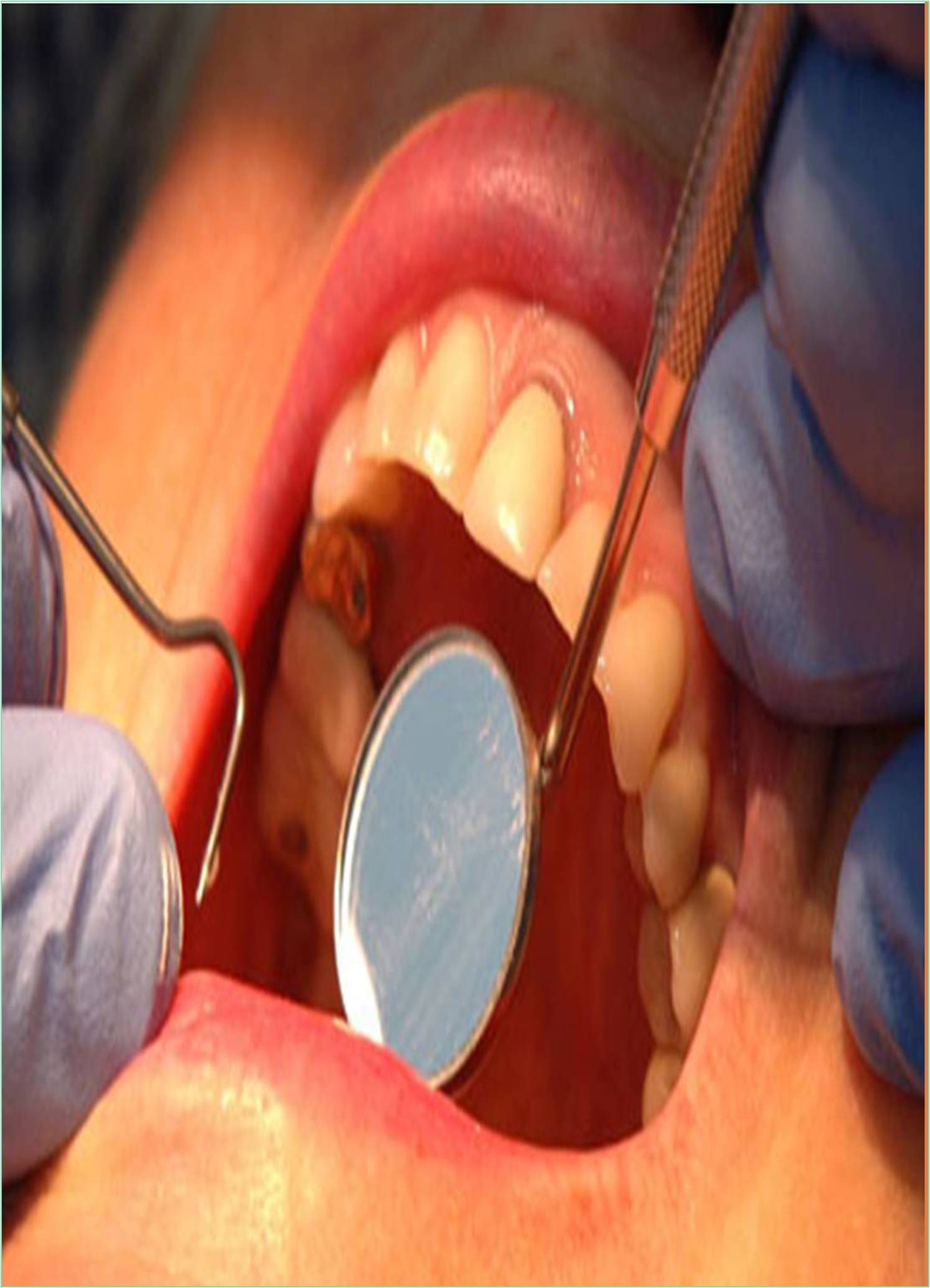



Received: 05-Aug-2022, Manuscript No. GJDOH-22-72146; Editor assigned: 08-Aug-2022, Pre QC No. GJDOH-22-72146 (PQ); Reviewed: 22-Aug-2022, QC No. GJDOH-22-72146; Revised: 29-Aug-2022, Manuscript No. GJDOH-22-72146 (R); Published: 05-Sep-2022, DOI: 10.15651/2449-1918.22.9.007
There are several methods for enhancing the colour, location, shape, size, alignment, and general look of the smile in relation to the teeth. Even while orthodontic therapy is still a crucial tool for improving smile aesthetics, several less complex procedures can nevertheless produce passable outcomes. Similar long-term outcomes for in-office and at-home bleaching are found when external dental bleaching approaches are compared; inoffice treatments, however, could have the advantage of producing effects more quickly. Internal dental bleaching is a useful technique for whitening non-vital teeth. Enamel shaping can rectify defect, asymmetries, and issues with form or rotation, either directly on the tooth surface or by applying resins or veneers. Other solutions to remove intrinsic dental stains that are resistant to bleaching methods include veneers or crowns.
Facial rejuvenation is a cosmetic, dental, or medical therapy intended to give the face a younger look without surgery. It can involve a variety of treatment methods, including Botox and dermal fillers. These two most typical treatments are both reversible and minimally invasive. About 3 to 4 months following the initial Botox treatment, the treated muscles will revert to their pre-treatment state. The body normally eliminates hyaluronic acid dermal filler 9 to 12 months following therapy. Botox, a natural, pure protein produced by the Clostridium botulinum bacterium, is used to smooth out wrinkles on the face and neck for aesthetic purposes. Dermal fillers made of hyaluronic acid replace the volume lost as a result of ageing naturally. Patients who undergo face rejuvenation frequently struggle to comprehend and express what they wish to change. Patients must be able to see themselves from all sides in a sequence of pictures, but none were available up until recently. The Roberts Facial Rejuvenation Photography (RFRP) set of 29 digital images was produced by the Pacific Training Institute for Aesthetics (PTIFA) to meet this requirement. The RFRP series aids the dentist in doing a thorough analysis of the face and illustrating how the muscles used to emote the face have an impact on the way the patient smiles.
Due to the importance of physical appearance to both specialities, dental therapy that alters the acrofacial look might be regarded as a component of plastic surgery. Many surgeons and medical professionals have always seen cosmetic surgery and aesthetic surgery as having the same conceptual foundation. Additionally, a large percentage of dental patients, practitioners, and staff members of dental insurance firms wrongly think that cosmetic dentistry and aesthetic dentistry is the same thing. "To change appearance, most dental procedures address both hard and soft tissues." Technically speaking, altering one's look by removing pieces is known as mutilation. Deformation refers to alteration when it involves altering a part's shape. The clinical outcomes often establish if a dental procedure involves esthefie or aesthetic dentistry when distortion or mutilation is done during dental therapy. Rarely do aesthetic and cosmetic dentistry have clear-cut definitions: The definition of cosmetic dentistry is absent from the Glossary of Prosthodontics Terms.
Cosmetic dentistry necessitates some physiologic tolerance or response, as well as some physical adaptation. By occupying dentogingival space meant for gingival fibres and junctional epithelium, the artificial crown on the maxillary right central incisor has irritated the gingival tissue and violated the biologic width. A new crown was placed on the maxillary right central incisor after specialised periodontal therapy, and the soft tissues are healthy and within normal ranges. This is an illustration of aesthetic dentistry that requires little tissue tolerance or adaptation.
The main goal of healthcare professionals is to maintain, advance, or improve health. PFM cosmetic crowns have the potential to cause subgingival impingement and harm oral health. A chronic inflammatory adaptive response occurs as a result of the gingival tissues being regularly blanched by porcelain-fused-to-metal crowns. The patient's oral health may suffer due to the red, edematous marginal gingiva and violafion of the biologic width brought on by aesthetic crowns. These swollen, inflammatory tissues frequently bleed when periodontitis develops from gingivitis. Some cultures find tooth adornment with non-natural objects to be attractive. Extra dental ornamentation can improve social riches, position, and power in addition to aesthetic appeal. However, some ethnic groups view a metal-mounted diamond permanently inlaid to a canine's natural enamel as a cosmetic way of treatment even if it is not therapeutic. Oral health is not usually benefited by cosmetically embellishing restorations. Two brilliant-cut diamonds were set into the gold crowns' facial surface.